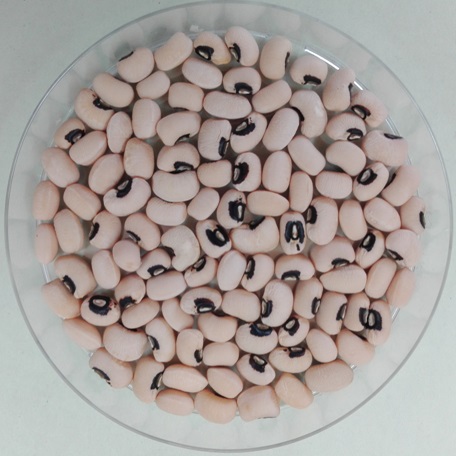Cowpea holds every typical characteristic of legumes, but with wider benefits due to more extreme advantageous traits. As beautifully put in the “COWPEA: Post-Harvest Operations” report from FAO on 2004: “Cowpea is the most versatile African crop: it feeds people, their livestock and the next crop.”
Cowpea is the African legume crop with highest economic impact. In West and Central Africa, millions of families rely on cowpea seeds for feeding, on the plant for animal forage and also for financial income through surplus sales.
- In West and Central Africa cowpea is referred as the “hungry-season crop” because it feeds families after cereal reserves have been exhausted and before the new cereal crop is ready to be harvested.
- Cowpea increases cereal yield when grown in parallel or in rotation. That yield increaseis not only due to its ability to improve soil fertility by nitrogen-fixation, but also because cowpea outcompetes weeds due to extreme adaptations to local conditions.
- The high tolerance of cowpea to heat and drought, allows vigorous growth in places not appropriate for most other grain legumes. Cowpea is an adequate crop to cope with the consequences of climate changes and a source of scientific clues that could potentially be applied to other pulses.
- Cowpea presents high content in important bioactive compounds useful in disease prevention. Evidence suggests significant anti-inflammatory and protective effects, which have been attributed to the antioxidant properties of high polyphenolic and flavonol content not commonly found in other pulses.
- In Portugal, we have several landraces, local varieties that were empirically selected by farmers over generations to withstand in our Mediterranean climate and type of soil. These landraces are therefore, extremely well adapted to harsh conditions but were barely studied and are not included in national breeding programs. The incorporation of these traits in homogeneous high yield lines, presents an important contribution for a more sustainable agriculture.




